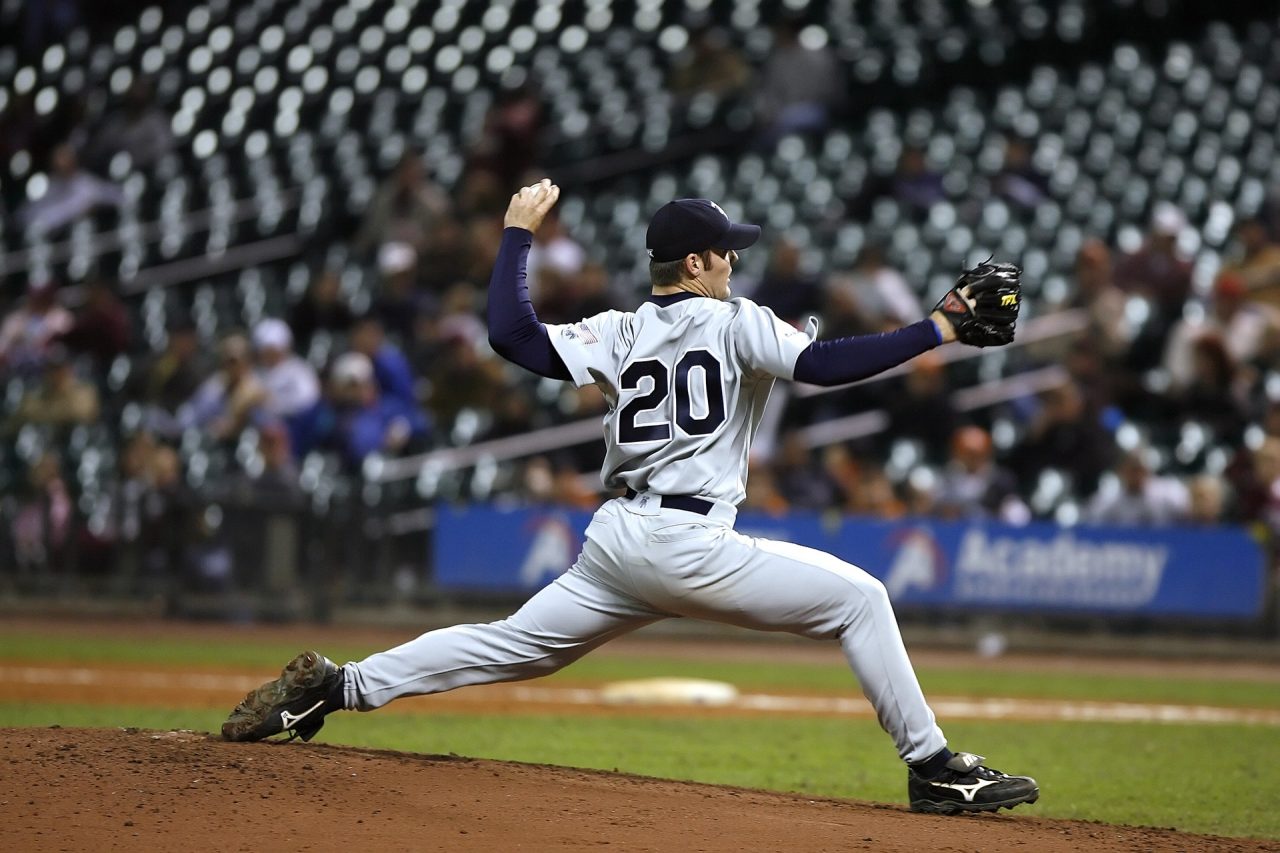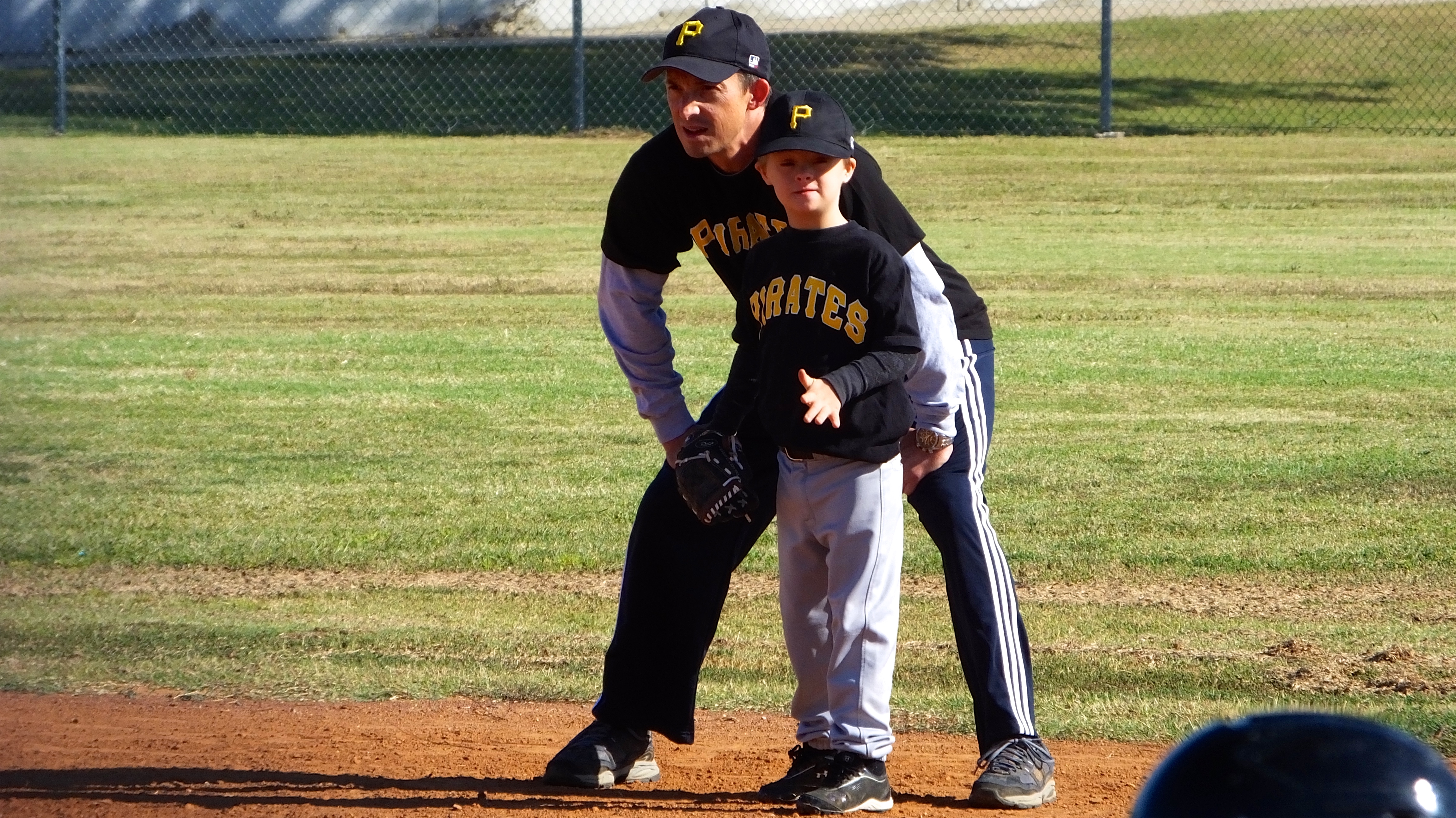When young baseball players turn 8 or 9 they begin pitching in games. This is often a long, difficult learning curve because while the athletes learn to pitch they end up walking a lot of batters. This makes for a slow and painful game and it isn’t unusual to only get to two innings at first. Besides being a challenge to watch, this leads to hitters waiting to be walked and it is also very difficult on the young pitcher.
With that in mind, it’s important to select the right kids to be pitchers. This is difficult because at this age we have no idea who is going to be good at this position and cant really predict about who is going to be good in ten years. This blog will give some criteria about selecting players for the pitcher position.
- Buy in: Nine year olds don’t drive, so it’s important that their families buy in to their pitching. We may ask pitchers to arrive early for extra work or to get ready, we may hold an additional training session just for them, and we will certainly coach them up. None of this works without the buy in of the athlete and their family, so this has to be carefully considered.
- Practice: Does the athlete attend practice and do they work outside of practices? Pitching requires both of these things. Athletes that don’t put the time in won’t be successful, especially with this position.
- Accurate thrower: If an athlete is unable to accurately throw during catch then they won’t make a good pitcher. Bad habits here will carry over to pitching in a game. Pitching in a game can be very stressful, the pitcher is unable to hide and is on display to everyone. This means that if we have bad habits they will show up here.
- Able to learn the movements: The pitching motion is a complicated dance that has a lot of rules associated with it. Young pitchers need to be able to learn all of this.
- Resilient: You want nine year old pitchers that can walk a lot of batters in a game but are willing to come back out and try this again, that takes a special kind of person!
Now that we’ve covered some criteria, there’s one other important thing to consider for potential youth pitchers – they need opportunities. There are several ways that this should be done. First, they need time during practice to practice their craft with the catcher present and under the coach’s eyes. Second, they may need dedicated pitching practices. Third, use them during batting practice. Yes this means that hitters aren’t seeing perfect pitches to practice off of, but hitters see what they’ll see in games. Pitchers get used to throwing to hitters and trying to strike them out!



